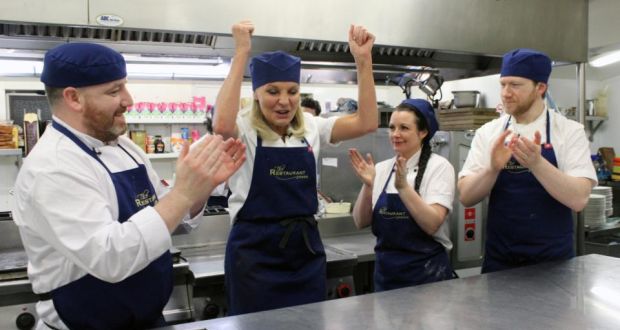Commentary is not classic or correct English. Writing commentary is a special form of writing with it’s own rules and its own start point in history. Because it’s written to be listened to, it is related to other forms of heard-only writing like poetry, song lyrics and to a lesser extent TV advert punch lines. Unless filmmakers understand all this it is almost impossible to properly write commentary with any sort of skill or pleasure. It can’t easily be taught, but with the right insights it can be learned.
Commentary writing is an art in its own right. Calling it art might sound like a rather grand way to describe a job where stringing words together to be spoken against pictures is the order of the day, but because commentary has form, discipline, technique and styles (as well as eras) that need to be learned and understood it can legitimately be said to be a structural part of a language (the language of film) like the language of design or the language of architecture. In this sense it is an integral part of an industrial art...an art called Filmmaking.
Commentary writing does not fit well into headlines or instructional chapters: it is a holistic process where the aimed-for result informs the way it gets started and the trial-and-error approach to doing it feeds back into the practical skills of editing a film.
In addition, we need to be aware of the way commentary has evolved over the years because the struggle to get it right took real analysis from some great wordsmiths and filmmakers and if we follow their dictums, they provide us with the authority to any claim we have to be doing it correctly – so we need to know about and respect its history.
Commentary requires the writer to keep images, mood, rhythm, words and even the page layout in his or her head and to respond to the audio-visual and narrative components of the film as they write. Dividing commentary into headlines, then, is merely a means to an end rather than a blow-by-blow method of application, but I do hope it will also be an eye (and ear!) opener that will put aside bad practice, help stiffen-up the way commentary gets written and make it a rewarding and enjoyable part of factual programme-making.
Just so we are completely clear about the subject, commentary describes what the audience cannot see or hear yet needs to know. Hopefully, being a film, the pictures will do most of the work. Ideally all the rest will be done by the film’s non-commentary audio elements like music, sync speech and sync or ‘wild’ sound effects recorded on location or in the studio. On a more subtle level there are the more abstract things like the style of the shooting, the pace of the editing, the mood of the lighting and most important of all: silence. But once we have decided we will definitely need a commentary (hopefully at the outset before shooting begins) it should only be placed in the sequences after all these other components – including silence – have failed to convey the necessary information. 
Seen like this it is immediately obvious that commentary is a key part of a film rather than something pasted onto it: a component of the final product with a critically integrated job to do. It must fit in with the other parts, not cover them up, replace them or repeat them. Commentary should be sparse, well aimed and factual. Adding commentary to fill gaps or to stop an audience losing interest is a sign of failure on the part of the filmmaker. And commentary is not a tool to mend broken narratives, although stating this is a bit like repeating the safety warning on the handles of American screwdrivers that say, ‘Not a Pry Bar, Chisel or Punch’, when we all know these jobs are very often what screwdrivers are used for. The truth is, commentary can mend broken programmes and often does, or at least it can patch them up enough to keep the story running, but this should never be its primary job.
Having said all that, commentary can only add true, supportable facts to a film or TV programme. For example, if we have a shot of an empty American street it might be necessary for the audience to know where it is, or what day it is, or what time it is, or all three, so the commentary might announce: Chicago. Sunday. Five AM. These are all facts that tell the audience a lot more than the basic shot does. Read correctly, stark lines like these can also add tension, expectation and drama. So sparse, simple-sounding commentary - while applied to add facts that cannot be seen or heard in the film - can also add much more than just words.
Patrick Uden is an executive producer whose credits include The Apprentice, The Restaurant, Junior Doctors: your life in their hands, and much more. He teaches a masterclass on writing commentary, Words & Pictures, at DV Talent. To find out more, please email training@dvtalent.co.uk



